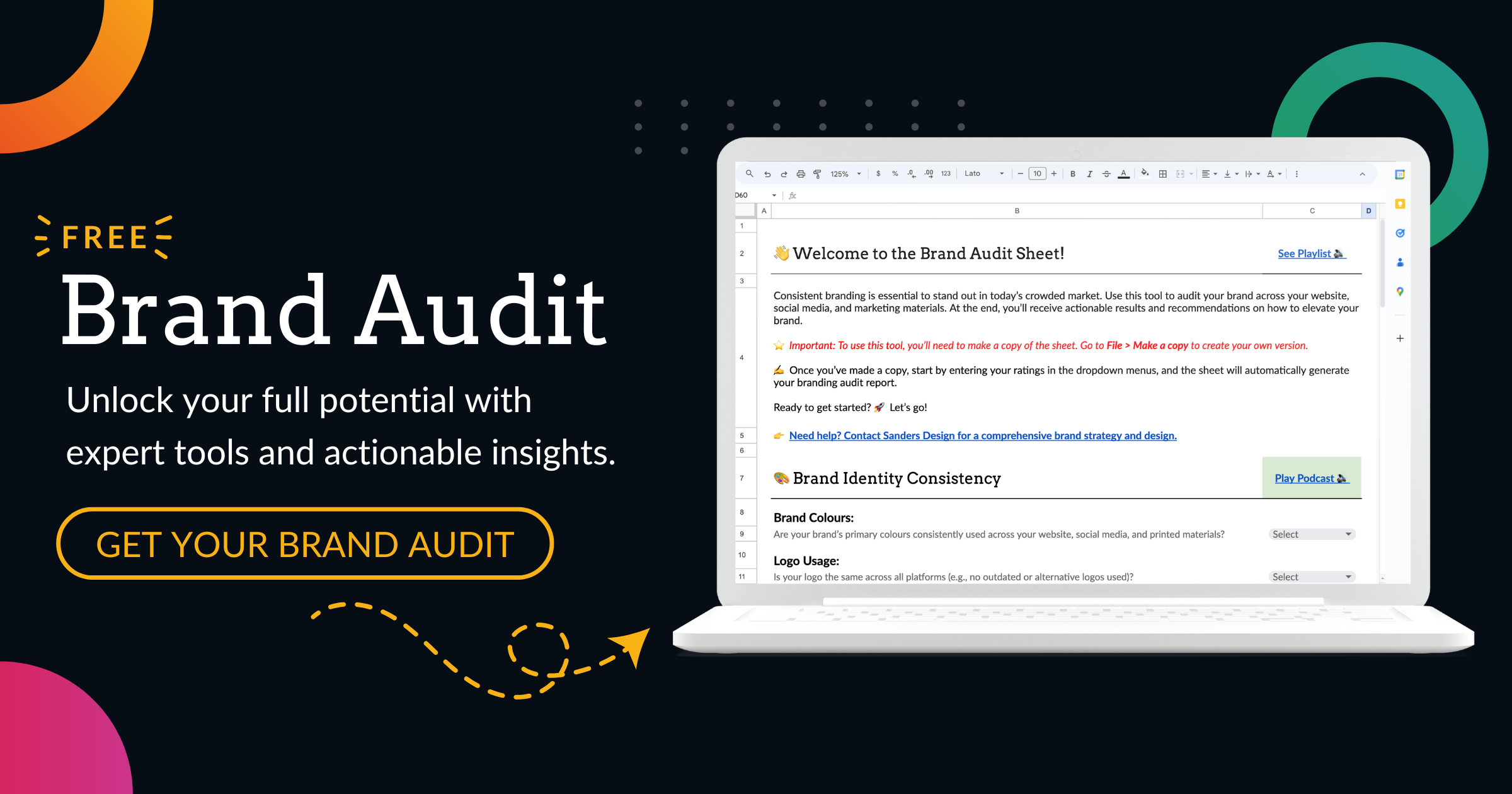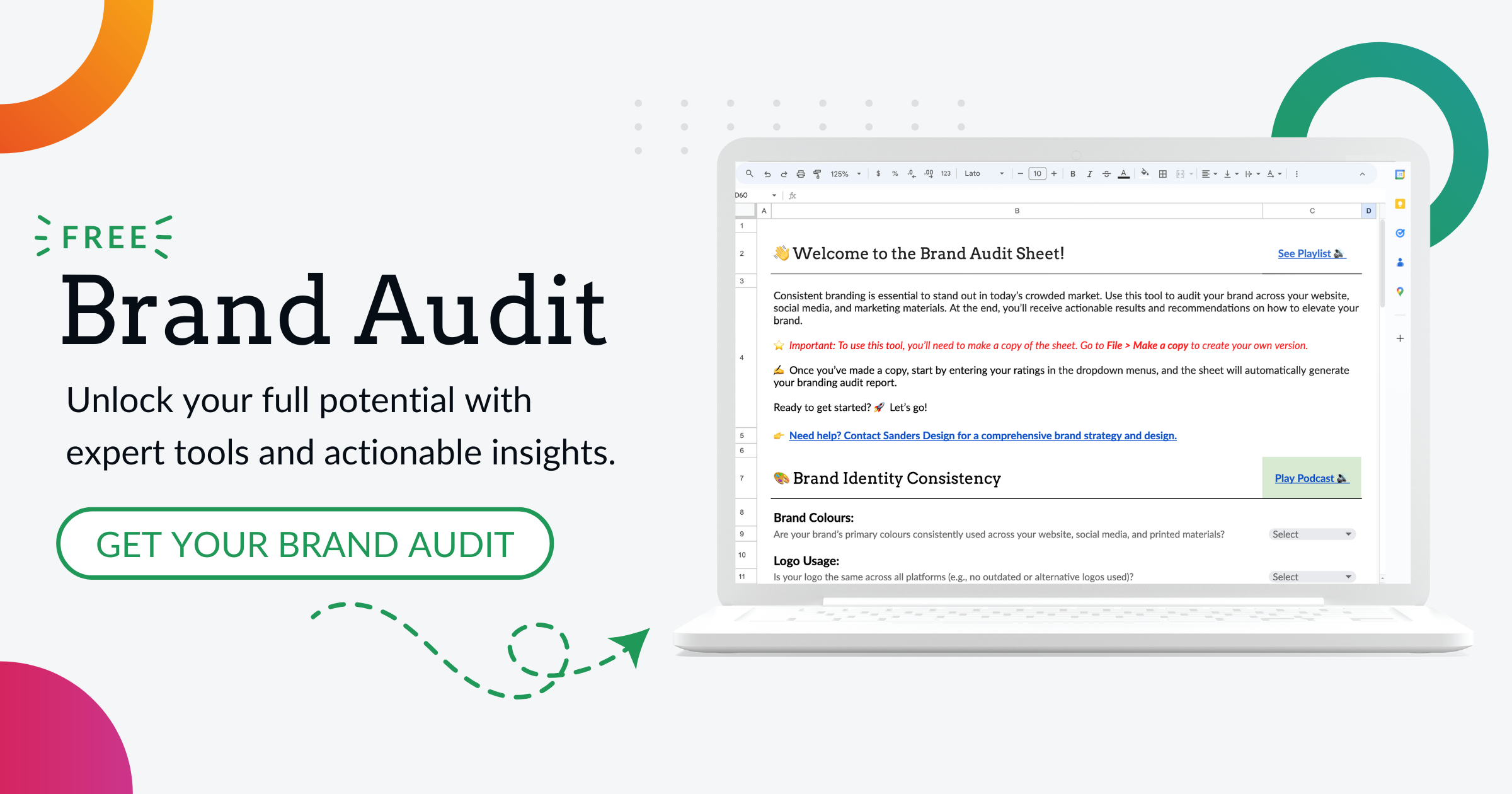Enhancing Online Presence: Web Design in Cowley

Establishing an effective online presence in Cowley starts with an engaging, user-focused website. By understanding the importance of both user experience (UX) and interface design (UI), businesses can create websites that not only attract visitors but also encourage them to stay, interact, and ultimately convert.
With UX focusing on seamless navigation and ease of use, and UI enhancing visual appeal and functionality, the right balance is key to keeping users engaged. Additionally, integrating SEO, responsive design, and social media tools into your web design strategy can boost visibility and user loyalty, ensuring your Cowley-based business thrives in an increasingly digital landscape.
Understanding User Experience and Interface Design
User experience (UX) and interface design (UI) are fundamental components of effective web design that directly impact how visitors interact with your site. UX focuses on the overall experience a user has while navigating your website, encompassing everything from page load times to the ease of finding information. A positive user experience is essential for keeping visitors engaged and encouraging them to return.
Key Elements of a Positive User Experience
This means ensuring that your website is intuitive, with clear navigation paths and accessible content. When users can easily find what they’re looking for, they are more likely to stay longer and explore more pages, which can lead to higher conversion rates. A well-designed website should prioritise the user’s needs, making it easy for them to find the information they need.
The Importance of Interface Design
On the other hand, interface design deals with the specific elements that users interact with on your site, such as buttons, forms, and menus. A well-designed interface should be visually appealing while also being functional. This balance is crucial; if your site looks great but is difficult to use, visitors will quickly become frustrated and leave.
Creating a Loyal User Base
By prioritising both UX and UI in your web design process, you create an environment where users feel comfortable and valued. This not only enhances their experience but also fosters a sense of loyalty to your brand, encouraging them to return in the future.
Incorporating SEO Strategies in Web Design

Search engine optimisation (SEO) is an essential aspect of web design that can significantly influence your site’s visibility on search engines like Google. By incorporating SEO strategies into your web design from the outset, you can ensure that your site is not only user-friendly but also easily discoverable by potential customers. This involves using relevant keywords throughout your content, optimising meta tags, and ensuring that your site structure is logical and easy for search engines to crawl.
A well-optimised website can help you rank higher in search results, driving more organic traffic to your site and increasing your chances of converting visitors into customers. Additionally, SEO is not just about keywords; it also encompasses technical aspects such as site speed, mobile-friendliness, and secure connections (HTTPS). These factors play a crucial role in how search engines evaluate your site’s quality and relevance.
For instance, if your website takes too long to load or isn’t mobile-friendly, users are likely to abandon it before it even fully loads. By prioritising SEO in your web design process, you create a solid foundation for attracting and retaining visitors. This strategic approach not only enhances your online presence but also positions your business as a credible authority in your industry.
Utilising Responsive Design for Mobile Optimisation
With the increasing use of smartphones and tablets for browsing the internet, responsive design has become a critical element of modern web design. Responsive design ensures that your website adapts seamlessly to different screen sizes and devices, providing an optimal viewing experience for all users. This means that whether someone is accessing your site from a desktop computer or a mobile device, they will have a consistent experience that allows them to navigate easily and access content without frustration.
As more consumers turn to their mobile devices for shopping and information gathering, having a responsive website is essential for capturing this audience. Furthermore, search engines like Google prioritise mobile-friendly websites in their rankings. If your site isn’t optimised for mobile use, you risk losing valuable traffic as potential customers may struggle to navigate or engage with your content on their devices.
By investing in responsive design, you not only enhance user experience but also improve your site’s SEO performance. This dual benefit makes responsive design a smart investment for any business looking to thrive in today’s digital marketplace. Ultimately, ensuring that your website is mobile-optimised can lead to increased engagement, higher conversion rates, and greater customer satisfaction.
Integrating Social Media and Online Marketing Tools

Incorporating social media into your web design strategy can significantly enhance your online presence and marketing efforts. Social media platforms provide an excellent opportunity for businesses to connect with their audience on a more personal level. By integrating social media buttons into your website, you make it easy for visitors to share your content or follow you on various platforms.
This not only increases engagement but also helps expand your reach as users share your brand with their networks. Additionally, showcasing social media feeds directly on your website can create a dynamic experience that keeps content fresh and encourages visitors to interact with your brand across multiple channels. Moreover, online marketing tools such as email marketing integrations and analytics tracking can further enhance the effectiveness of your web design.
By incorporating tools that allow you to capture leads through newsletter sign-ups or special offers, you can build a database of potential customers who are interested in what you have to offer. Analytics tools enable you to track user behaviour on your site, providing valuable insights into what works and what doesn’t. This data-driven approach allows you to refine your marketing strategies over time, ensuring that you’re always meeting the needs of your audience while maximising the effectiveness of your online presence.
The Impact of Visual Content and Branding
Visual content plays a pivotal role in web design by capturing attention and conveying messages quickly and effectively. High-quality images, videos, infographics, and graphics can enhance user engagement by making content more appealing and easier to digest. When visitors encounter visually striking elements on your site, they are more likely to stay longer and absorb the information presented.
This is particularly important for small businesses looking to make a strong impression; compelling visuals can differentiate you from competitors and reinforce your brand identity in the minds of consumers. Branding goes hand-in-hand with visual content in creating a cohesive online presence. Your website should reflect your brand’s personality through consistent use of colours, fonts, logos, and imagery that resonate with your target audience.
A strong brand identity fosters recognition and trust among consumers; when they see familiar visual elements across different platforms-be it social media or email marketing-they are more likely to engage with your business. By prioritising visual content and branding in your web design strategy, you create an inviting atmosphere that encourages visitors to connect with your brand on a deeper level.
Measuring and Analysing Website Performance
To ensure that your website continues to meet the needs of both users and search engines, it’s essential to measure and analyse its performance regularly. Tools like Google Analytics provide valuable insights into user behaviour, allowing you to track metrics such as page views, bounce rates, and conversion rates. By understanding how visitors interact with your site, you can identify areas for improvement and make data-driven decisions that enhance user experience.
For instance, if you notice that users are leaving a particular page quickly, it may indicate that the content isn’t engaging or relevant enough. Additionally, analysing website performance helps you assess the effectiveness of your SEO strategies and marketing efforts. By monitoring keyword rankings and traffic sources, you can determine which tactics are driving results and which may need adjustment.
Regularly reviewing this data allows you to stay ahead of trends and adapt to changing consumer behaviours effectively. Ultimately, measuring and analysing website performance is not just about tracking numbers; it’s about gaining insights that empower you to refine your online presence continually. By committing to this ongoing process, you position yourself for long-term success in the competitive digital landscape.
If you’re interested in enhancing your online presence and are specifically looking for services in Cowley, you might find it useful to explore broader regional insights on web design. A related article that discusses web design in a nearby area is “Web Design in Wolverhampton.” This piece could provide you with valuable information and ideas that are applicable to your needs in Cowley. You can read more about it by visiting Web Design in Wolverhampton. This article might offer some inspiration and practical tips that could be adapted to your local context.


Author: Martin Sanders
I empower businesses to connect with their customers and boost sales. Ready to take your revenue to new heights? Get in touch with me today, and let’s make it happen!


